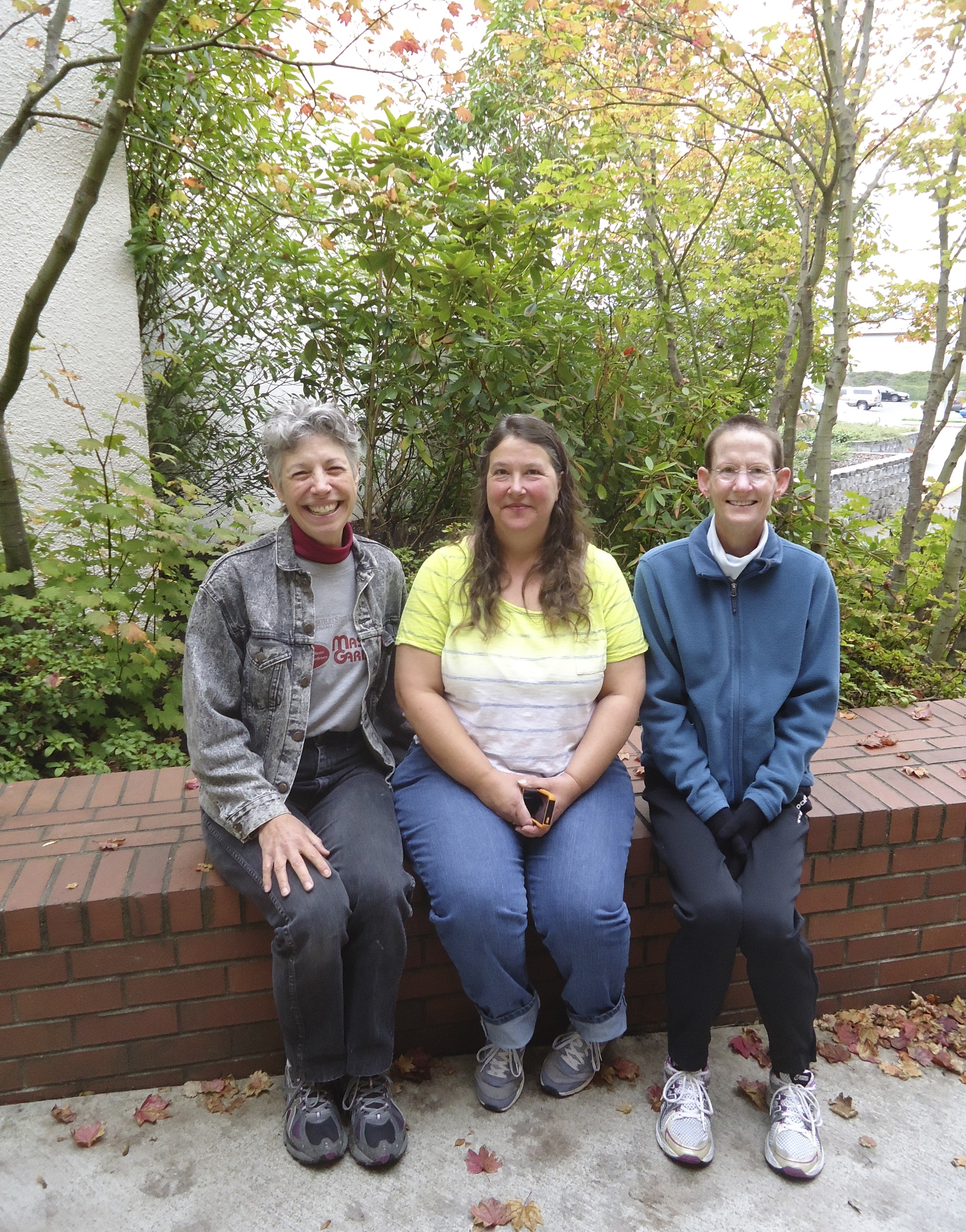When you’re done harvesting the bounty from your vegetable garden, the work is not over. It’s time to put the garden to bed.
Take the following steps now to bring this year’s vegetable garden to a satisfying close and help you get ready for a successful gardening season next year.
Clean up
Harvest fall-planted kale, lettuce and Swiss chard, but consider leaving the plants in the ground since they can take off when temperatures warm in early spring.
Remove all other annual vegetables that are no longer producing; they are sources of insect pests and diseases for future plantings.
Although some gardeners leave root crops in the ground as a convenient means of cold storage, this can contribute to the establishment of pests such as the carrot rust fly. So harvest carrots, beets and parsnips now and store in a cool indoor place.
Do not remove perennial vegetables (such as rhubarb, asparagus or artichoke) or herbs (such as oregano and rosemary) unless weakened or diseased. Cut back perennial herbs to about 2 inches above the soil level once they are no longer producing usable leaves.
Throughout the garden, collect and discard fallen leaves, vegetables and fruit to discourage disease and rodents. Compost only disease-free vegetation; discard any that is questionable.
Clean containers by removing remaining soil with a dry scrub brush and scouring the inside with a solution of 10 parts water to 1 part bleach. Once the pots have dried, stack them upside down with newspaper between them so that they don’t stick together.
Disconnect and store hoses. Before rolling them up, drain them and pull the entire length of the hose straight to remove any twists or kinks.
Prepare for next season
Organize cages, plastic plant ties and identification tags for reuse.
Clean, repair and sharpen garden tools; coat wooden handles with linseed oil for weather-proofing.
Amend soil with organic matter. Work 1 or 2 inches of compost into the top 6-8 inches of soil.
Test your soil if you have not done so in three or more years. The Clallam Conservation District does the test for a reasonable fee and provides written recommendations to improve the fertility of your soil.
Do not add chemical fertilizers at this time; apply them in the spring before planting. Because changes in pH take time, apply lime (if soil is too acidic for intended use) or sulfur (if soil is too alkaline) now as indicated by the soil test.
Mulch your beds with leaves. The leaves will help protect your soil from erosion and compaction. They also will break down over time to provide nutrients and help suppress weeds.
Take stock of this year’s successes. Review your garden performance and make notes for next year.
Update records of what was planted where in your garden so that you can rotate crops next season (that is plant vegetables from a different family in a particular spot). Crop rotation helps minimize diseases and pests and makes the best use of soil fertility.
Sit back and relax
Steps taken now will give you a jump on gardening when spring rolls around and allow you to relax once cold and wet weather arrives in earnest.
Pearl of Wisdom
Don’t wait until the first day of winter to start putting your garden to bed. Gradually move through these activities as summer vegetables decline and the days shorten. Do try to complete activities before the rains return because working in wet garden beds can compact and damage soil structure.
Jeanette Stehr-Green and Judy English are WSU-certified Clallam County Master Gardeners. They have alternated being editor-in-chief for the “Get It Growing” column since 2012.



